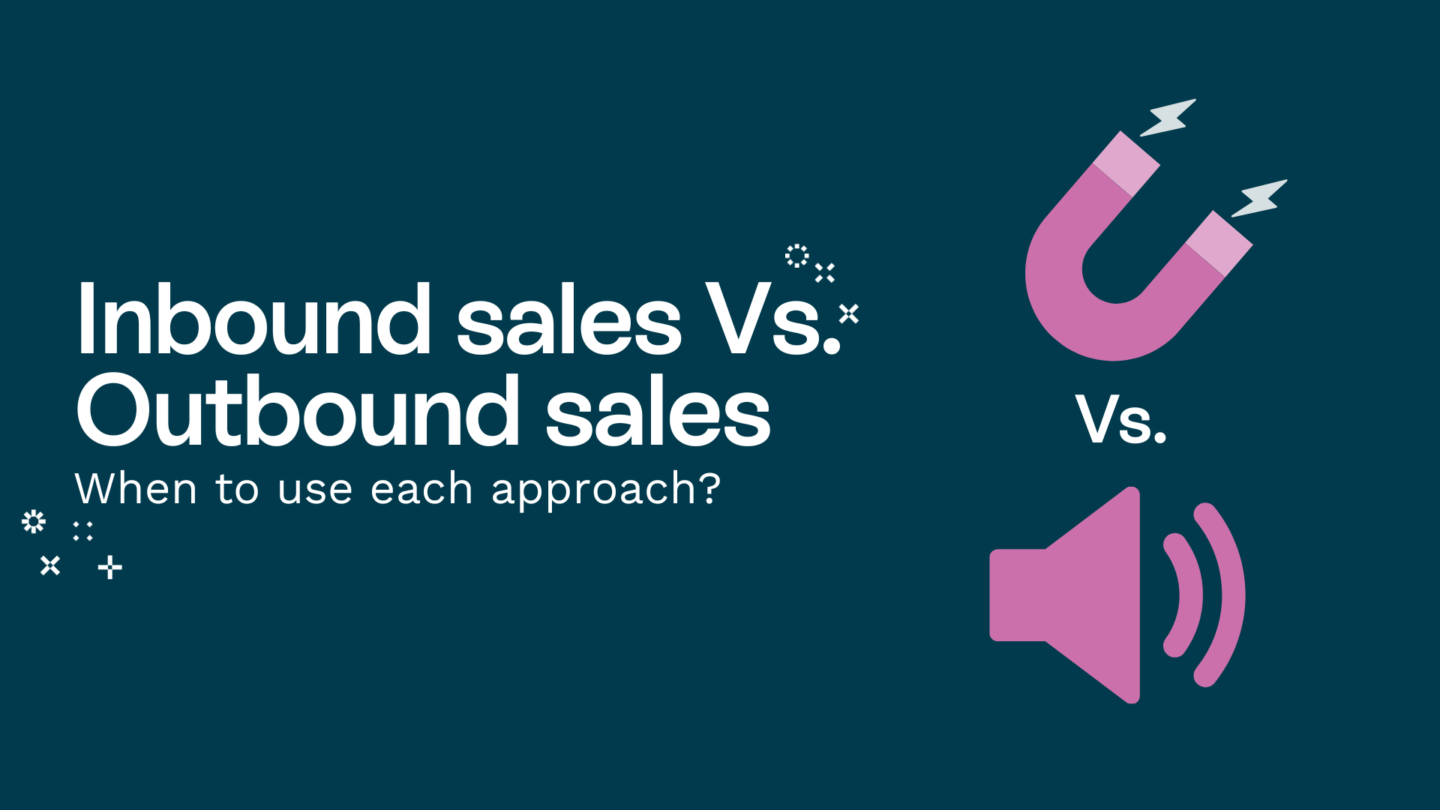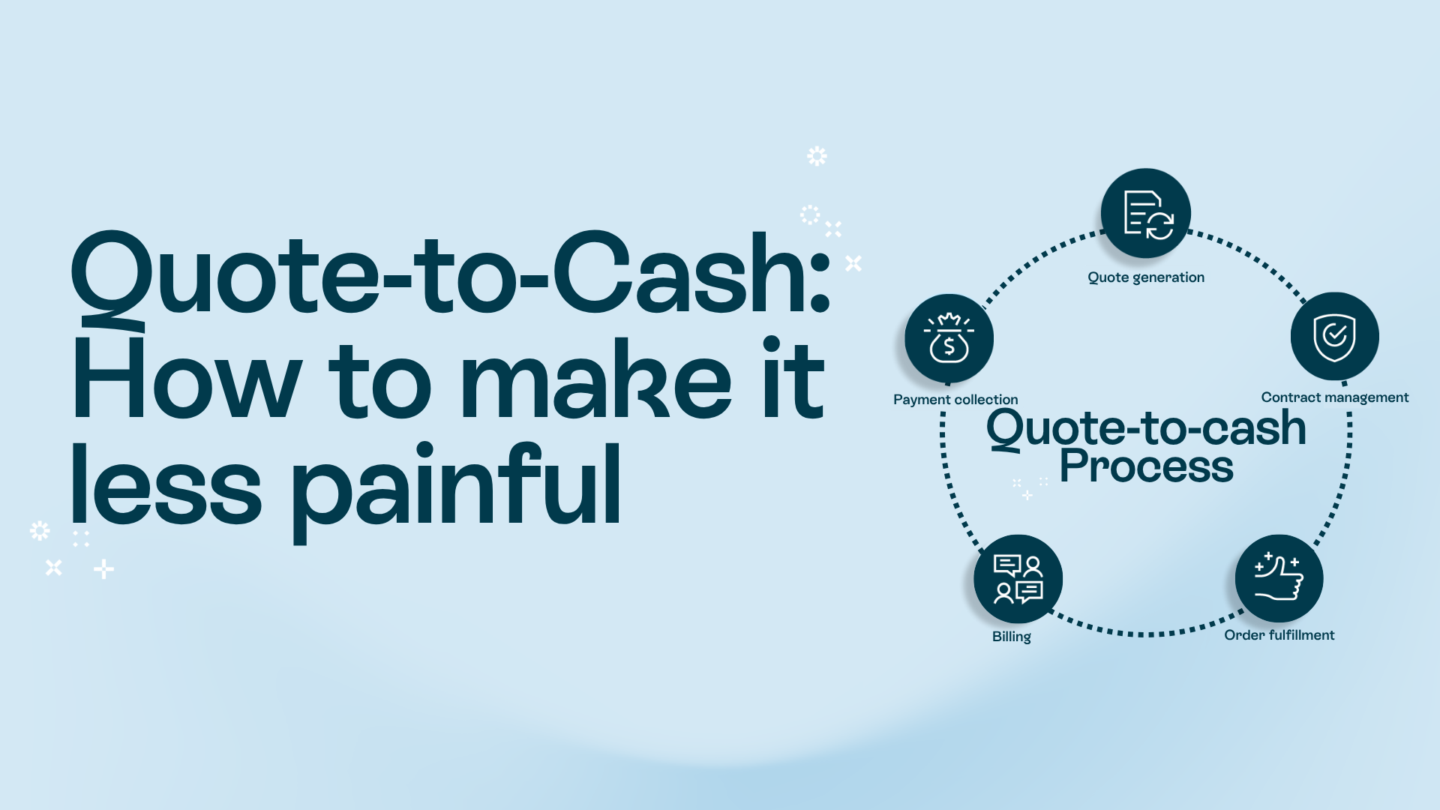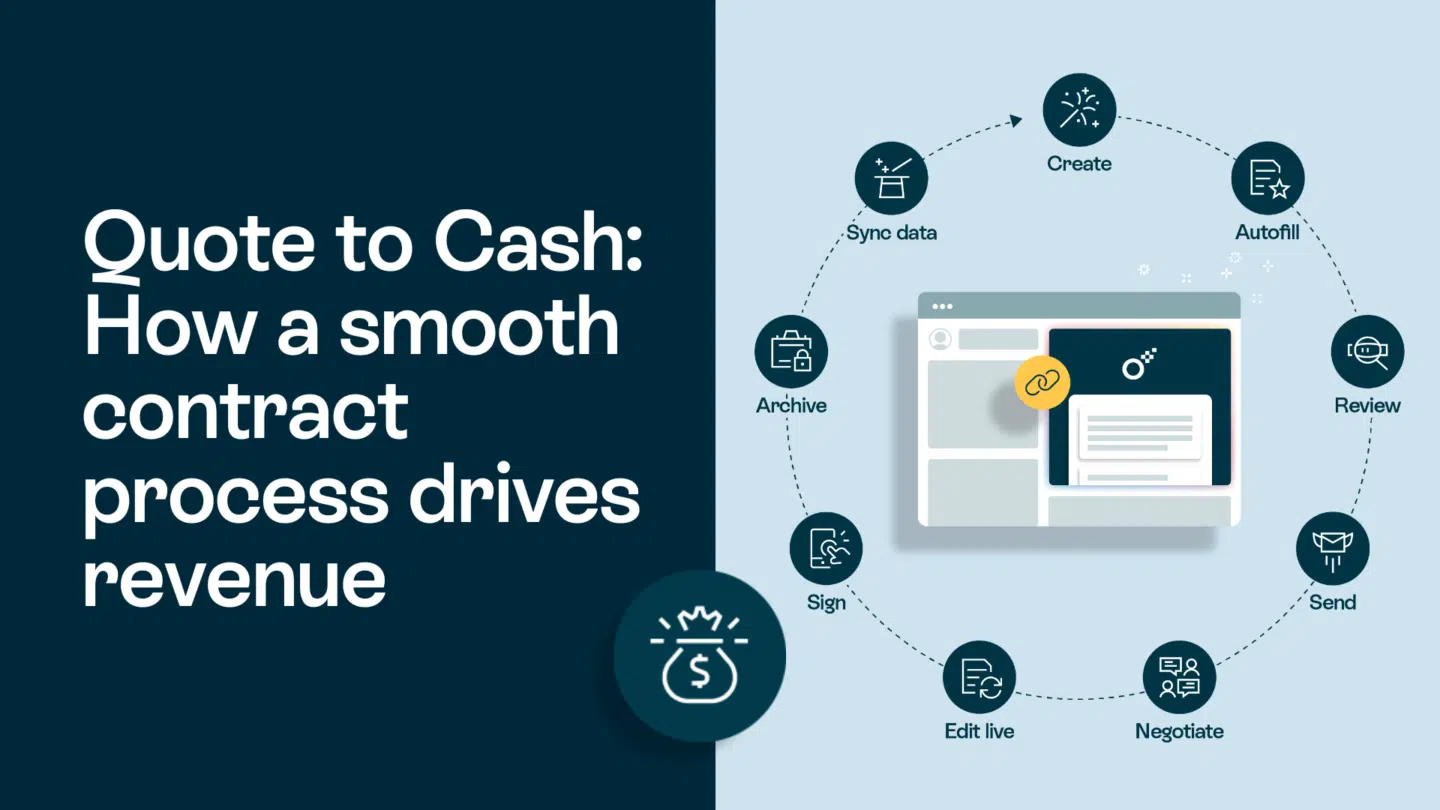Winning and closing deals is how any business makes money. But understanding the difference between your win rate and your close rate and how to improve both can make a significant impact on your overall ARR.
In this article, we will explore the concepts of win rate and close rate, how to calculate them, and provide you with valuable tips to boost your performance. So let’s dive in!
1. What is a win rate?
Before we look into the details, let’s define what a win rate actually means. Simply put, the win rate represents the percentage of deals that you win compared to the total number of deals pursued. It gives you insights into your sales effectiveness and helps you evaluate your sales team’s performance.
Understanding your win rate is crucial as it allows you to identify areas for improvement. A higher win rate indicates that your sales strategy and tactics are effective, while a lower win rate highlights potential gaps in your approach. By monitoring and improving your win rate, you can increase your overall sales performance.
Calculating your win rate involves dividing the number of won deals by the total number of deals pursued and multiplying the result by 100 to get a percentage. For example, if you won 20 out of 50 deals, your win rate would be 40%. This metric not only measures your success in closing deals but also provides valuable insights into the efficiency of your sales process.
Analyzing your win rates across different segments or products can reveal patterns and trends that can guide strategic decision-making. For instance, you may discover that certain sales representatives have significantly higher win rates than others, prompting a closer look at their techniques for potential replication across the team. By drilling down into the factors influencing win rates, such as lead quality, pricing strategies, or market conditions, you can fine-tune your sales approach for optimal results.
Read also: Flow through the sales cycle

2. How to calculate your win rate?
To calculate your win rate, you need to divide the number of deals won by the total number of deals pursued, and then multiply the result by 100 to get the percentage. However, keep in mind that it is essential to focus on the right metrics and define what counts as a win for your business.
Take a moment to analyze your sales process and identify the key stages or milestones that define a win. It could be signing a contract, receiving a purchase order, or any other significant achievement specific to your industry. By aligning your win rate calculation with these milestones, you gain a clearer picture of your sales success.
Looking at the reasons behind both your wins and losses can provide valuable insights into your sales performance. By conducting a win-loss analysis, you can uncover patterns and trends that may help you refine your sales strategy. Look for commonalities among the deals you won – was there a particular selling point or approach that resonated with clients? Similarly, examine the deals you lost to identify areas for improvement and potential pitfalls to avoid in the future.
You can also try tracking your win rate over time to monitor your sales team’s progress and the effectiveness of any changes implemented. By establishing a baseline win rate and regularly measuring against it, you can gauge the impact of new tactics or adjustments to your sales process. This data-driven approach allows you to make informed decisions and optimize your sales efforts for continued success.
3. What is a close rate?
While win rate focuses on the final outcome of a deal, the close rate measures the percentage of opportunities that are closed successfully. It helps you evaluate your ability to move potential customers through the sales funnel and convert them into paying customers.
Having a high close rate is an indicator of sales effectiveness at every stage of the sales process. It reflects your ability to identify and address customers’ needs, overcome objections, and ultimately generate revenue. By improving your close rate, you can maximize your sales potential and achieve higher revenue growth.
A high close rate can also indicate the efficiency of your sales team and the quality of your leads. It shows that your team is not only attracting potential customers but also successfully converting them into actual sales. This can lead to increased customer satisfaction and loyalty, as well as positive word-of-mouth referrals.
On the other hand, a low close rate may signal issues in your sales process, such as ineffective communication, lack of product knowledge, or failure to address customer concerns. By analyzing the factors contributing to a low close rate, you can identify areas for improvement and implement strategies to enhance your sales performance.
Read also: What is a digital signature?

4. How do you calculate your close rate?
Calculating your close rate requires dividing the number of won opportunities by the total number of opportunities pursued, and then multiplying the result by 100 to obtain the percentage. However, it’s essential to note that the close rate can vary depending on the length and complexity of your sales cycle.
To gain a more accurate understanding of your close rate, consider segmenting and analyzing it based on different stages of your sales funnel. This breakdown enables you to identify potential bottlenecks or areas where improvement is needed. By addressing these specific challenges, you can increase your close rate and drive more revenue.
But it’s also important to track the reasons behind lost opportunities to improve your close rate. By categorizing the reasons for lost deals, such as budget constraints, competition, or product fit, you can develop targeted strategies to overcome these obstacles in future sales interactions. This proactive approach not only improves your close rate but also enhances your overall sales effectiveness.
Another valuable metric to consider in conjunction with close rate is the sales velocity. Sales velocity measures the speed at which opportunities move through your sales pipeline, taking into account factors like deal size, win rate, and sales cycle length. By analyzing sales velocity alongside close rate, you can gain deeper insights into your sales process efficiency and identify areas for optimization to accelerate revenue generation.
5. What is the difference between a win rate and a close rate?
While the win rate and close rate are related, they measure different aspects of your sales performance. The win rate focuses on the final outcome of a deal, providing insights into your ability to win against competitors. On the other hand, the close rate evaluates your ability to convert opportunities into successful deals.
Understanding the difference between these two metrics allows you to gain a comprehensive understanding of your sales process. By analyzing both the win rate and close rate, you can pinpoint specific areas that require attention and make strategic improvements accordingly.
When looking at the win rate, it’s important to consider factors such as the quality of leads, the effectiveness of your sales team, and the competitiveness of your pricing strategy. A high win rate may indicate that your team is effectively closing deals, but it could also suggest that you are underpricing your products or services.
On the other hand, the close rate gives insights as to how well your team is able to move prospects through the sales funnel and convert them into customers. A low close rate may indicate that there are bottlenecks in your sales process, such as a lack of follow-up or ineffective communication with prospects.
Read also: How to reduce the sales cycle with e-signatures

6. Best tips to improve your win rate vs close rate
Now that you have a solid understanding of win rate and close rate, it’s time to discover some practical tips to enhance your success in both areas. Remember, improving your win rate and close rate involves a combination of strategy, skills, and continuous refinement.
While the tips mentioned above provide a strong foundation, let’s dive deeper into some additional strategies that can help you further optimize your win rate and close rate:
- Understand your target audience: Tailor your approach to the needs, pain points, and preferences of your potential customers. This deep understanding enables you to present compelling solutions and increase your chances of winning and closing deals.
- Focus on lead qualification: Spend time and effort on qualifying leads to ensure they are a good fit for your products or services. By targeting the right prospects, you can optimize your win and close rates by avoiding wasted efforts on unlikely opportunities.
- Enhance your sales process: Review your entire sales process, from prospecting to closing. Identify any bottlenecks or areas that need improvement and streamline your workflows to deliver a smoother buying experience for your customers.
- Train and develop your sales team: Invest in the professional development of your sales team. Provide them with the necessary training, resources, and tools to excel in their roles. A well-equipped and motivated sales team can significantly impact your win rate and close rate.
- Refine your value proposition: Ensure your value proposition clearly communicates the unique benefits and value your products or services offer to customers. A compelling value proposition can differentiate you from competitors and increase your win and close rates.
Additionally, it’s crucial to establish strong relationships with your prospects and customers. Building trust and rapport can greatly influence your win rate and close rate. Take the time to understand their challenges, goals, and aspirations. Show empathy and actively listen to their concerns. By demonstrating genuine interest and providing personalized solutions, you can foster long-lasting partnerships and increase your chances of winning and closing deals.
Staying up-to-date with industry trends and market insights is essential. Continuously educate yourself on the latest developments in your field, as well as the challenges and opportunities your target audience may be facing. This knowledge will not only enable you to position yourself as a trusted advisor but also allow you to adapt your strategies and offerings to meet the evolving needs of your customers.
Remember, improving your win rate and close rate is an ongoing process. Regularly evaluate your performance, gather feedback, and make necessary adjustments. By implementing these additional strategies and maintaining a proactive mindset, you can maximize your success in both areas and achieve sustainable growth for your business.
The key takeaways
Improving your win rate and close rate is essential for driving sales growth and increasing revenue. By understanding the difference between these metrics, calculating them accurately, and implementing effective strategies, you can maximize your sales performance. Remember, it’s an ongoing process that requires continuous analysis, refinement, and adaptation to ever-changing market dynamics. With these insights and our practical tips, you are well on your way to achieving success in winning and closing more deals.







